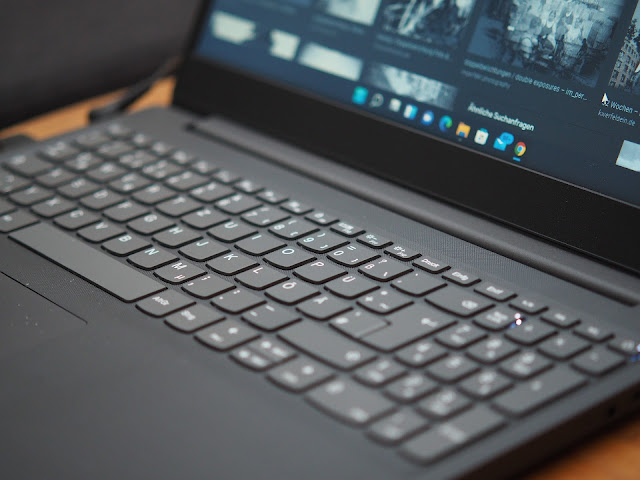How To Check Your Windows 11 Compatibility
Even a year after its introduction, Microsoft is still adding new features to Windows 11, such as enhanced Control Panel item consolidation under Settings, Android app support, and scheduling updates, which may merely appear to be a new paint job on top of Windows 10. Compatibility is one issue with Windows 11 that has vexed the computer world. The stringent hardware requirements for Microsoft's most recent and most excellent have caused quite a bit of controversy since the release of the new edition.
Some of the needs are not immediately clear, despite the fact that Microsoft has published a list of the minimal requirements that PCs should need to install and run Windows 11. You can probably determine whether you have enough RAM, a compatible graphics card, and a compatible CPU if you have some familiarity with computers. Even for those who are more technically savvy, it may be difficult to locate the Trusted Platform Module 2.0 (TPM 2.0) requirements for Windows 11.
TPM 2.0 and Windows 11
According to Microsoft and Trusted Computing Group [PDF], Trusted Platform Module (TPM) and TPM 2.0 boost device security in a number of significant ways. TPM is, in essence, a system that adds secure hardware to your computer to store and process critical data, so enhancing computer security. A TPM generates and securely stores cryptographic keys in a semi-persistent co-processor while doing hardware validation checks to ensure there haven't been any alterations or interference.
TPM 2.0 enables chip manufacturers to integrate the Trusted Platform Module inside the CPU itself, whereas TPM used to primarily be an add-on module for PCs. The eventual consequence of this update is TPM 2.0 implementations built into the processor, such as AMD's fTPM (firmware TPM) and Intel's PTT (Platform Trust Technology). All Ryzen CPUs from AMD, including those from the 2000-series desktop and 3000-series laptop CPUs, have TPM. PTT is a feature of every Intel product starting with the 6th generation Core processors.
Microsoft is actively promoting enhanced security for Windows 11. Microsoft merely needs TPM 2.0 hardware to achieve a certain level of security. By utilizing TPM, Microsoft can increase the security of Windows Hello Sign-in and allow a number of other capabilities, such as BitLocker disc encryption and malware defense. Because these security procedures are handled by specialized hardware rather than software emulation, additional security is provided.
How To Check Whether Your Windows 11 is compatible
Microsoft still wants to make Windows 11 adoption simple, even if it has a very stringent list of requirements for users' computers before letting them install the OS. Microsoft created the PC Health Check app and added a pop-up to the Updates and Security tab in the Windows 11 Settings app in an effort to make installation and compatibility less difficult. If "This PC can run Windows 11" isn't displayed in Settings, download the PC Health Assessment program and perform a manual check.
- From the Microsoft, website Download the PC Health Check App
- Open the PC Health Check App after installation.
- Select "Check now" from the menu.
The software will automatically check to see if your computer's hardware is compatible. If your PC is compatible with Windows 11, when the scan is finished, a pop-up will appear. To view a complete list of which components do and do not fulfill the Windows 11 minimum requirements, click the "See all results" button. When reviewing the scan findings, if you discover that the TPM requirement is the sole thing preventing your machine from installing Windows 11, don't start to freak out just yet.
Checking Whether TPM is enabled in BIOS
The capability may simply be disabled in your PC's UEFI if your hardware supports PTT or fTPM and you're receiving an error about TPM not satisfying the requirements to upgrade to Windows 11. (previously known as the BIOS). You must first enter your UEFI/BIOS, which you can accomplish from Windows, and then you must turn on the necessary feature. This is how to accomplish that, according to a support document from Microsoft.
- Click the Start button.
- To expand the power menu, click the power button icon.
- Click Restart while holding Shift.
- Hold Shift down until a blue screen with choices to restore your system appears.
- In the "Advanced options" box, choose Troubleshoot first.
- Select Restart after choosing UEFI Firmware Settings. Immediately after restarting, the computer will boot into the UEFI/BIOS.
- Find the AMD fTPM or Intel PTT option in the UEFI/BIOS and turn it on.
- Restart Windows after saving and closing the UEFI/BIOS.
Once switching on the TPM module in your UEFI/BIOS, you can install Windows 11 after rerunning the PC Health Check App to confirm that it was turned on. Remember that depending on who made your PC, the firmware TPM feature's name may change. Check the Security sub-menu in the UEFI/BIOS, refer to your device's owner's handbook, or contact the manufacturer's customer service for assistance if you're unsure of what it's called or where to locate it.
